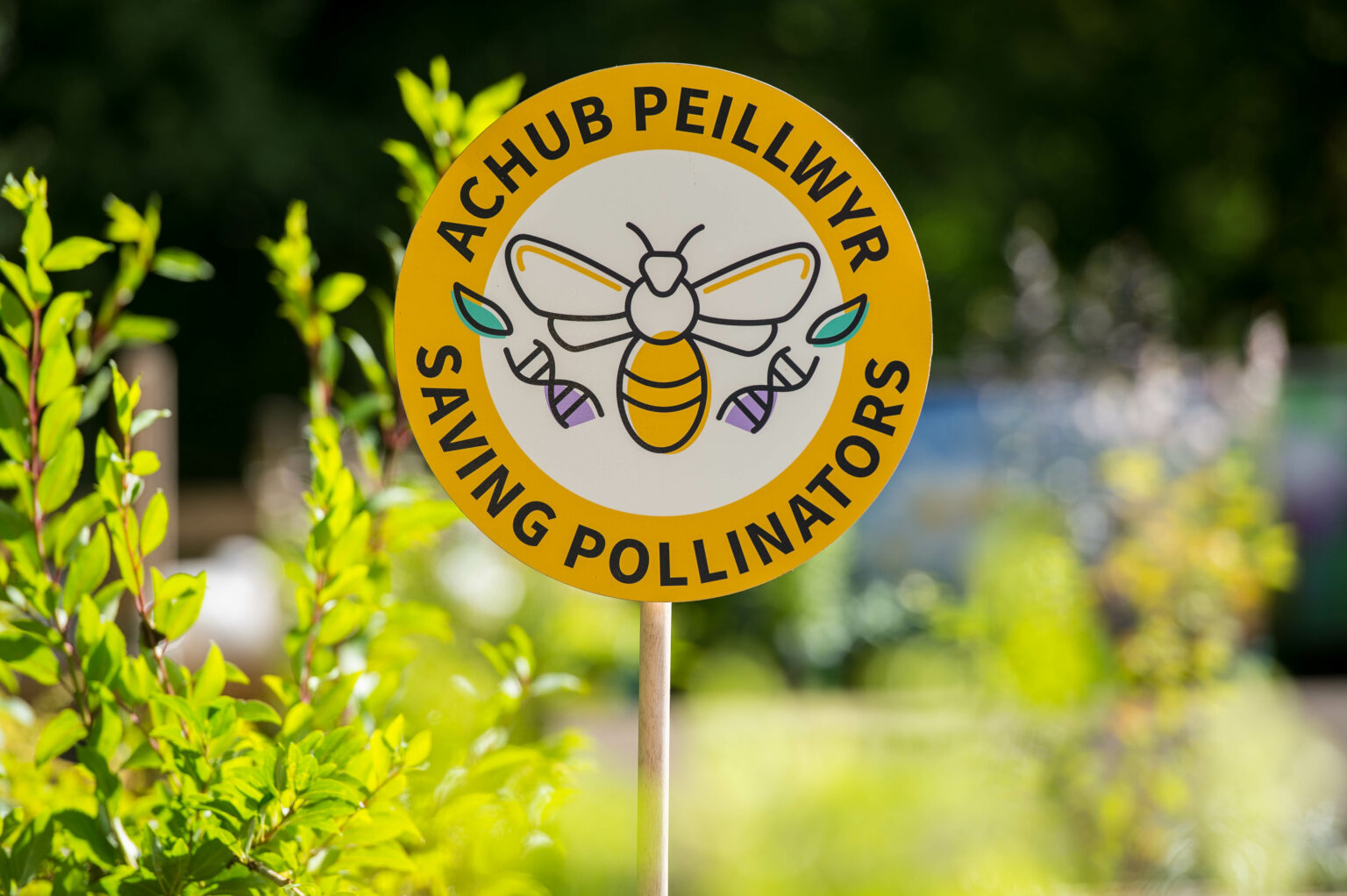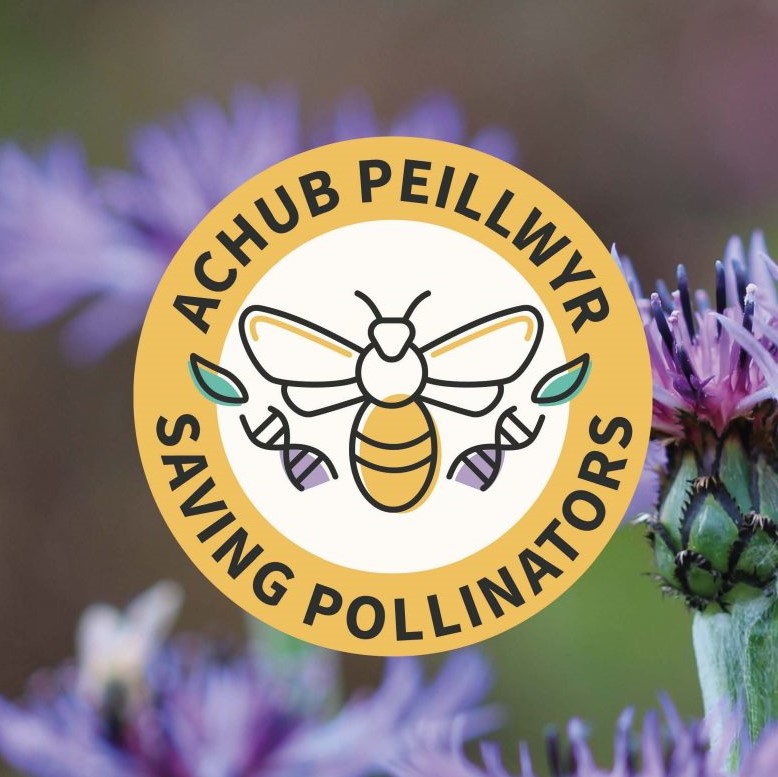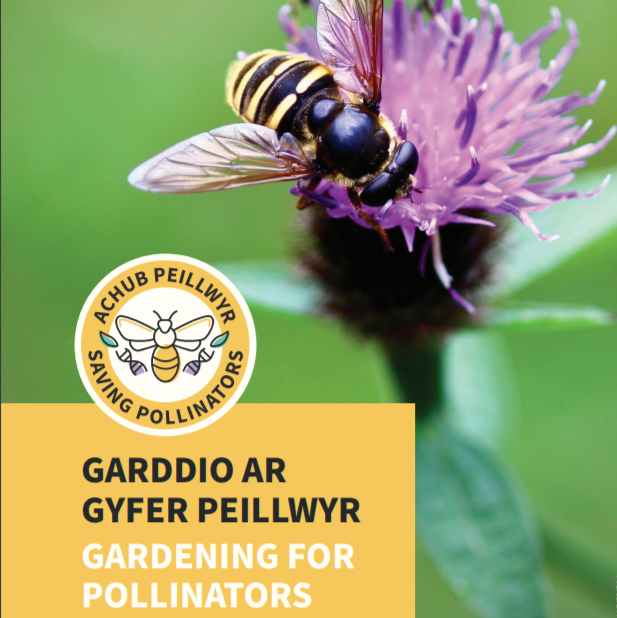Find out how to attract more pollinators to your garden
Flower visiting insects are vital pollinators of the food we eat and their dramatic decline and loss of health is a major cause for concern.
Pollinators are diverse, including bumblebees, hoverflies, solitary bees, butterflies and honeybees. The loss of flower-rich habitat, climate change and pesticide use has had a major impact on both our wild and managed pollinators.
Based on their cutting-edge research, scientists at the National Botanic Garden of Wales have revealed a hit-list of recommendations for some of the best spring garden plants, to plant this autumn.
The Botanic Garden’s PhD researcher, Abigail Lowe says: “As pollinating insects emerge on warm days in late winter and early spring, they seek their first meals of the season.
“After hibernating over winter, bumblebee queens need to find nest sites to form new colonies – a very energy-demanding task.
“Most hoverflies and solitary bees overwinter as larvae, beginning their adulthood ‘on the wing’ during spring. And while honeybees stay active during warm days throughout winter, they need to replenish their stores in spring to sustain their developing brood.”
To give these pollinators a head-start, grow flowers in your garden that provide a bounty of sugary nectar and protein-rich pollen. Abigail added: “Importantly, these plants need to be insecticide-free – our Saving Pollinators Assurance Scheme will help you. Opt for single-flowered blooms which allow easy access for pollinators.”

How can I help?
Gardens can provide a rich larder of nectar and pollen for pollinating insects, but which are the best plants?
Current lists of pollinator plants are often not backed up by scientific data. What’s more, some plants sold in garden centres can contain residues of synthetic insecticides that harm pollinating insects. Many are also grown using peat dug from rapidly declining, ecologically-rich peatlands.
To tackle this ethical dilemma, the Growing the Future project at the National Botanic Garden of Wales has developed a Saving Pollinators Assurance Scheme.
Plants displaying our Saving Pollinators logo are:
- proven to support pollinators by the Botanic Garden’s research scientists
- grown without the use of synthetic insecticides and peat compost




